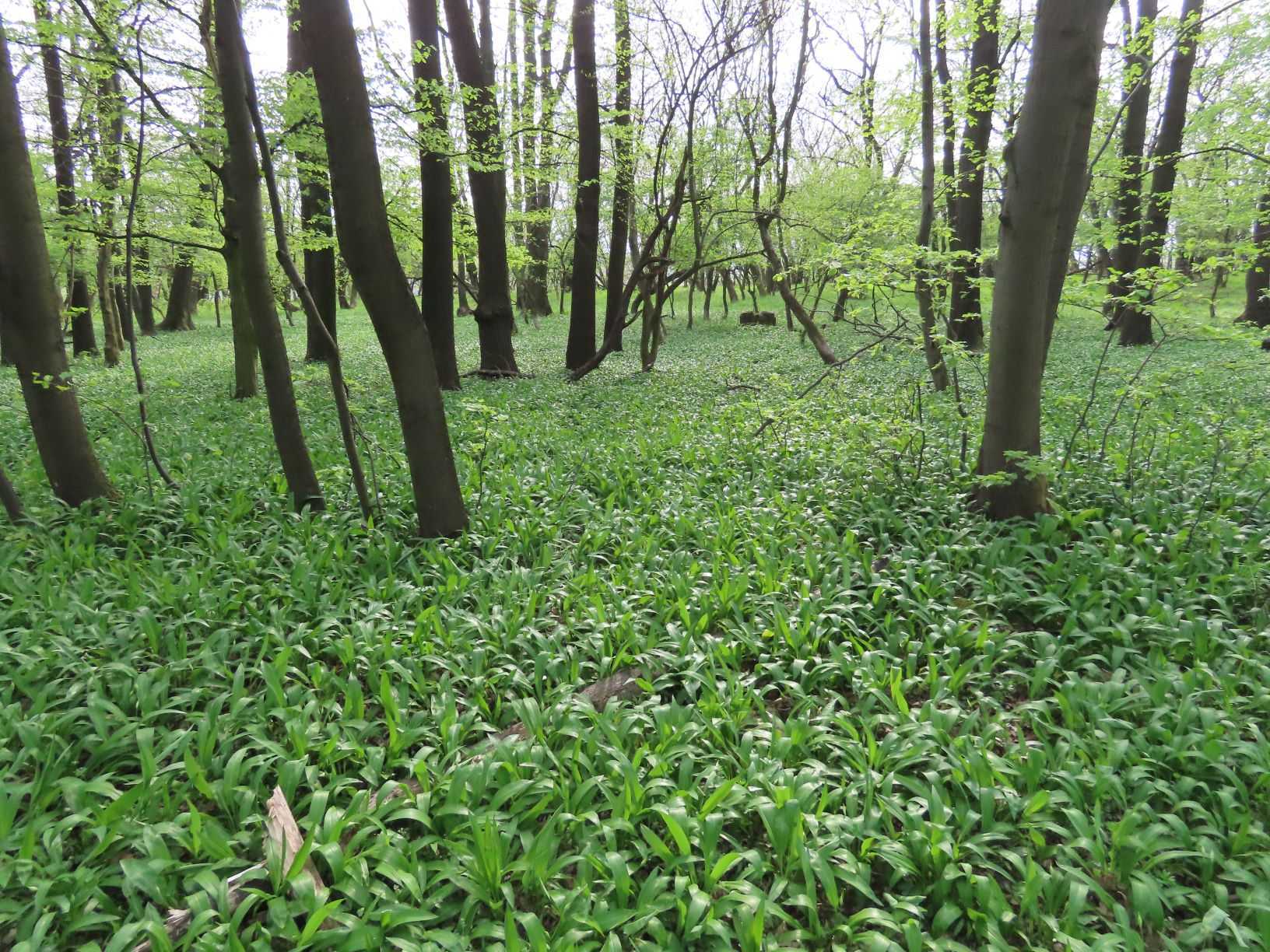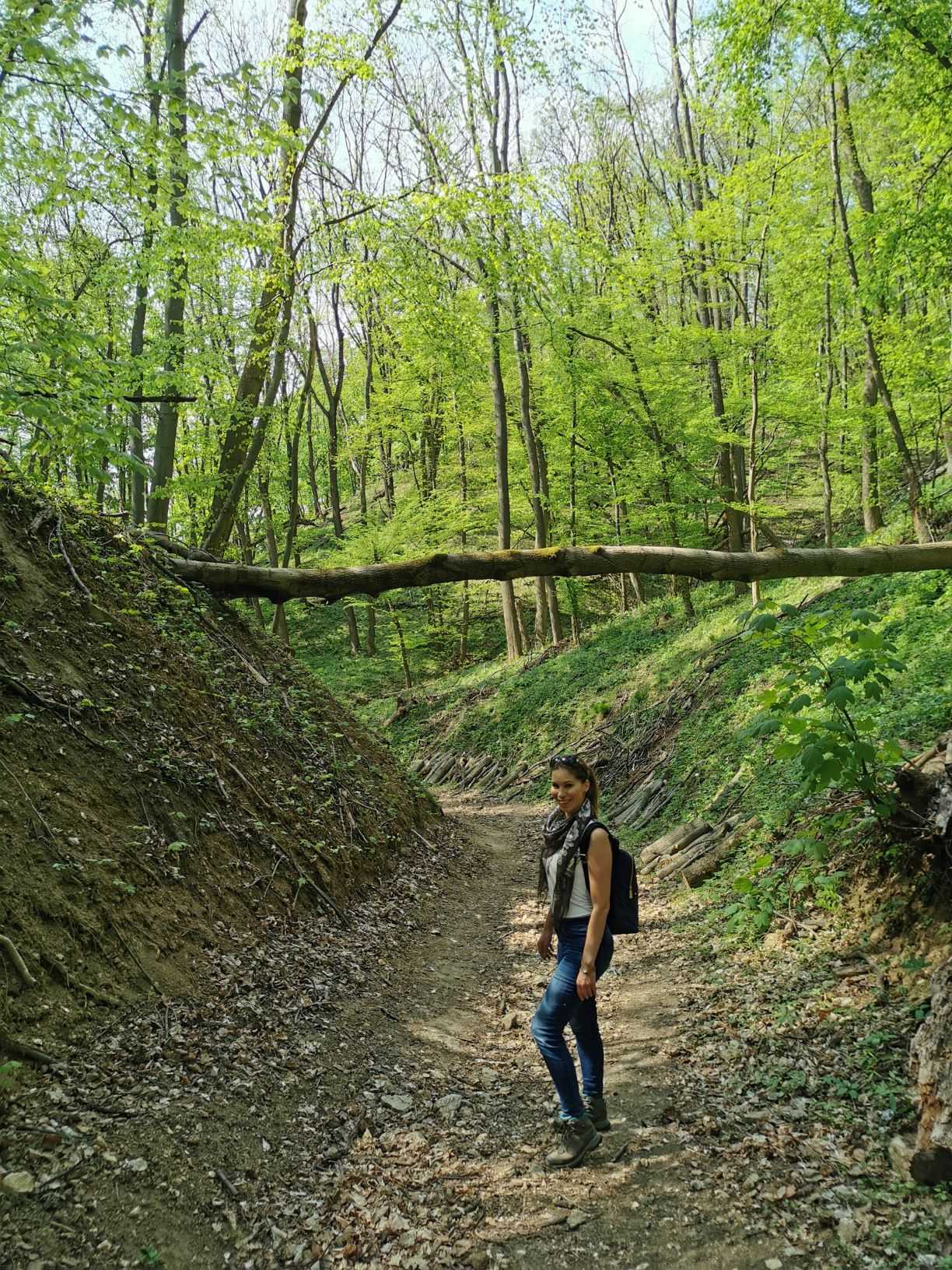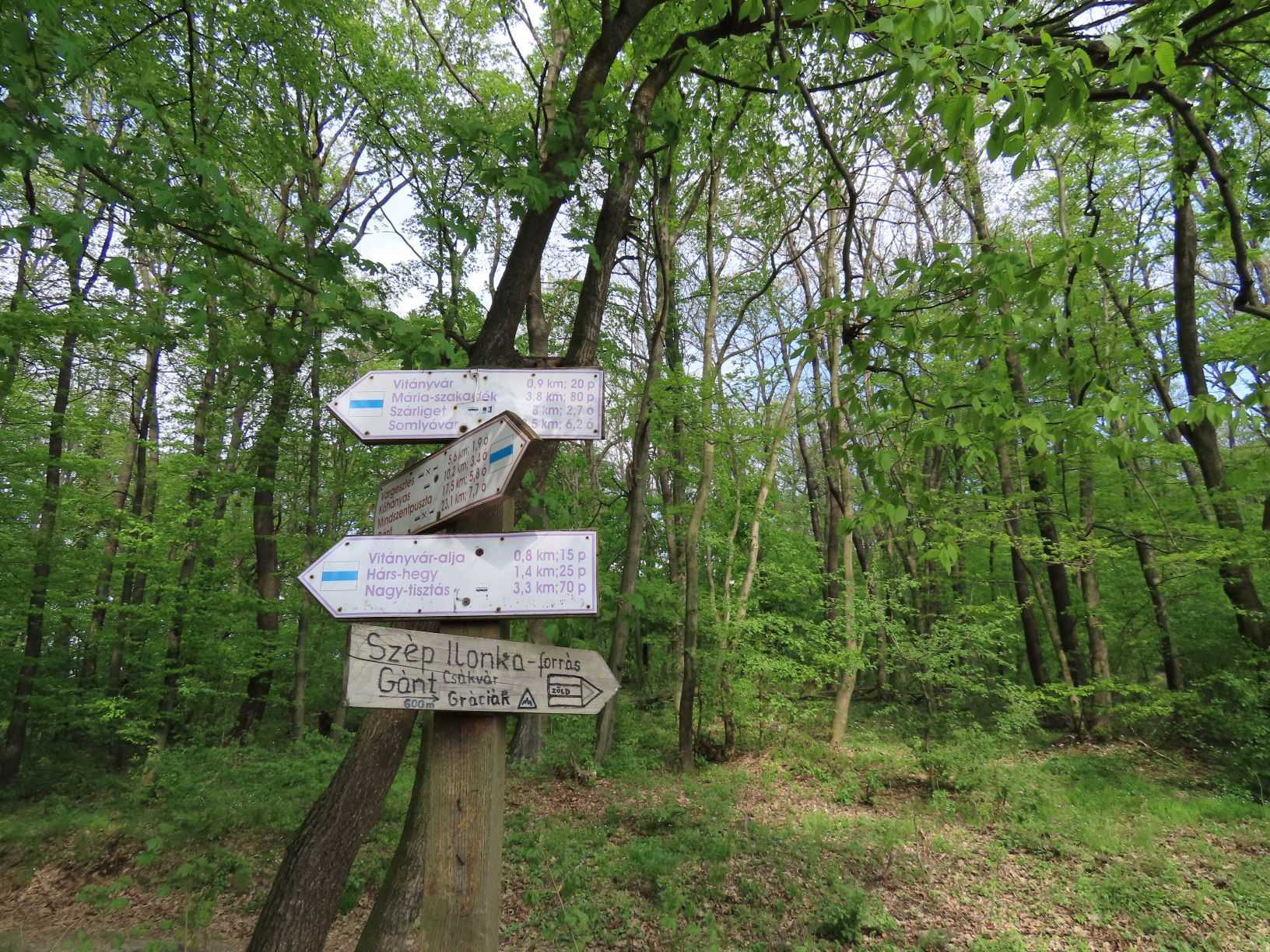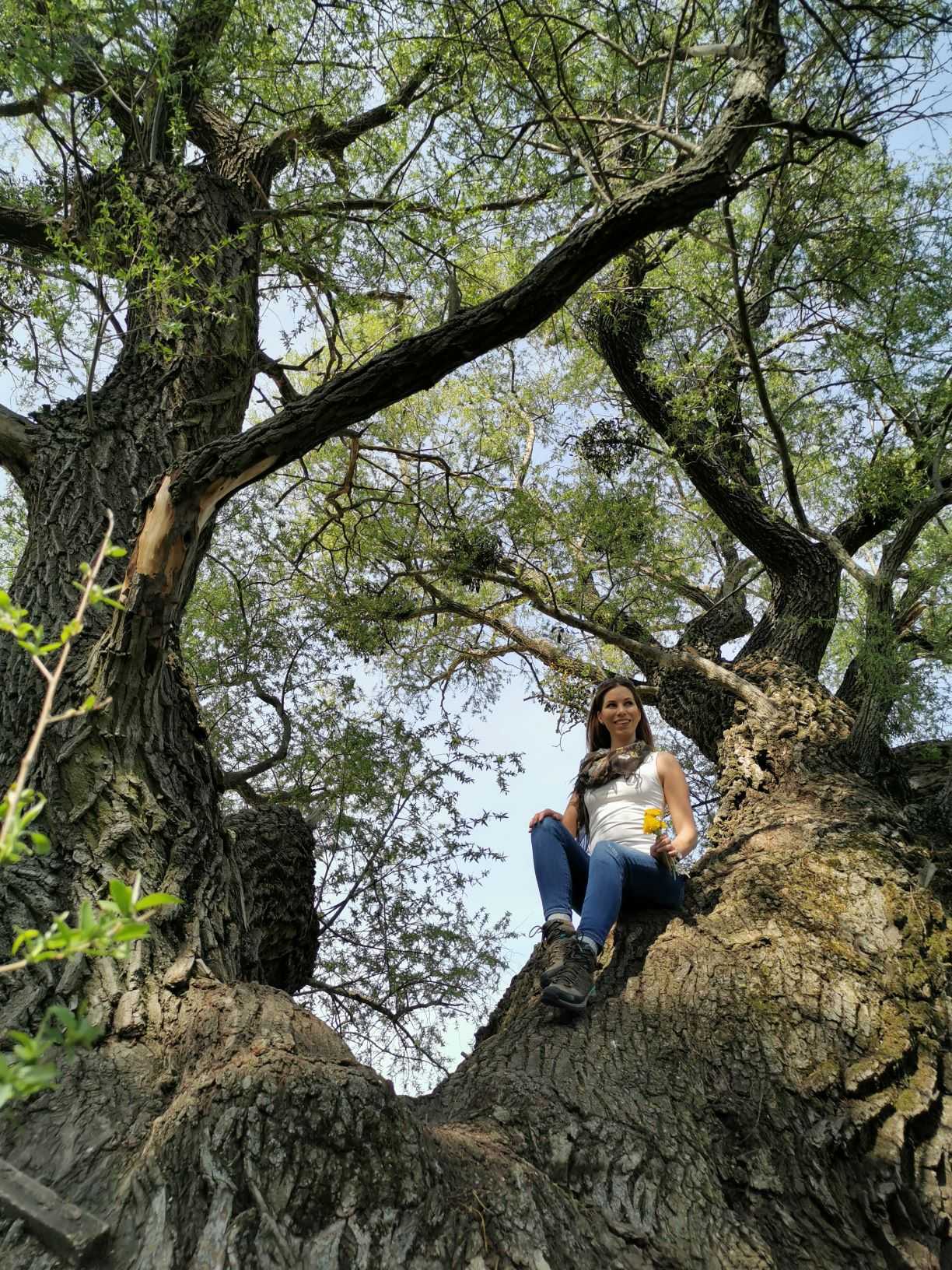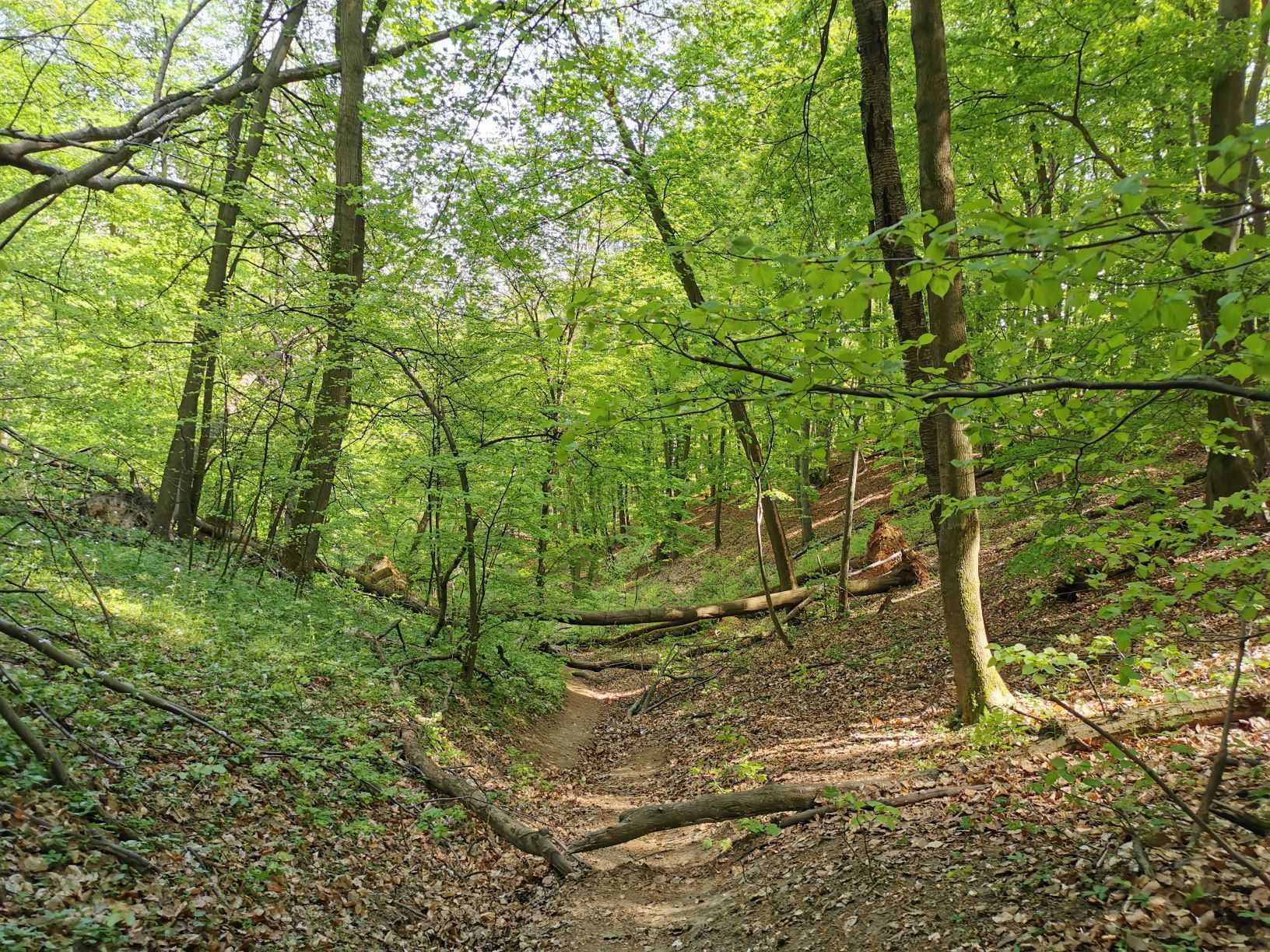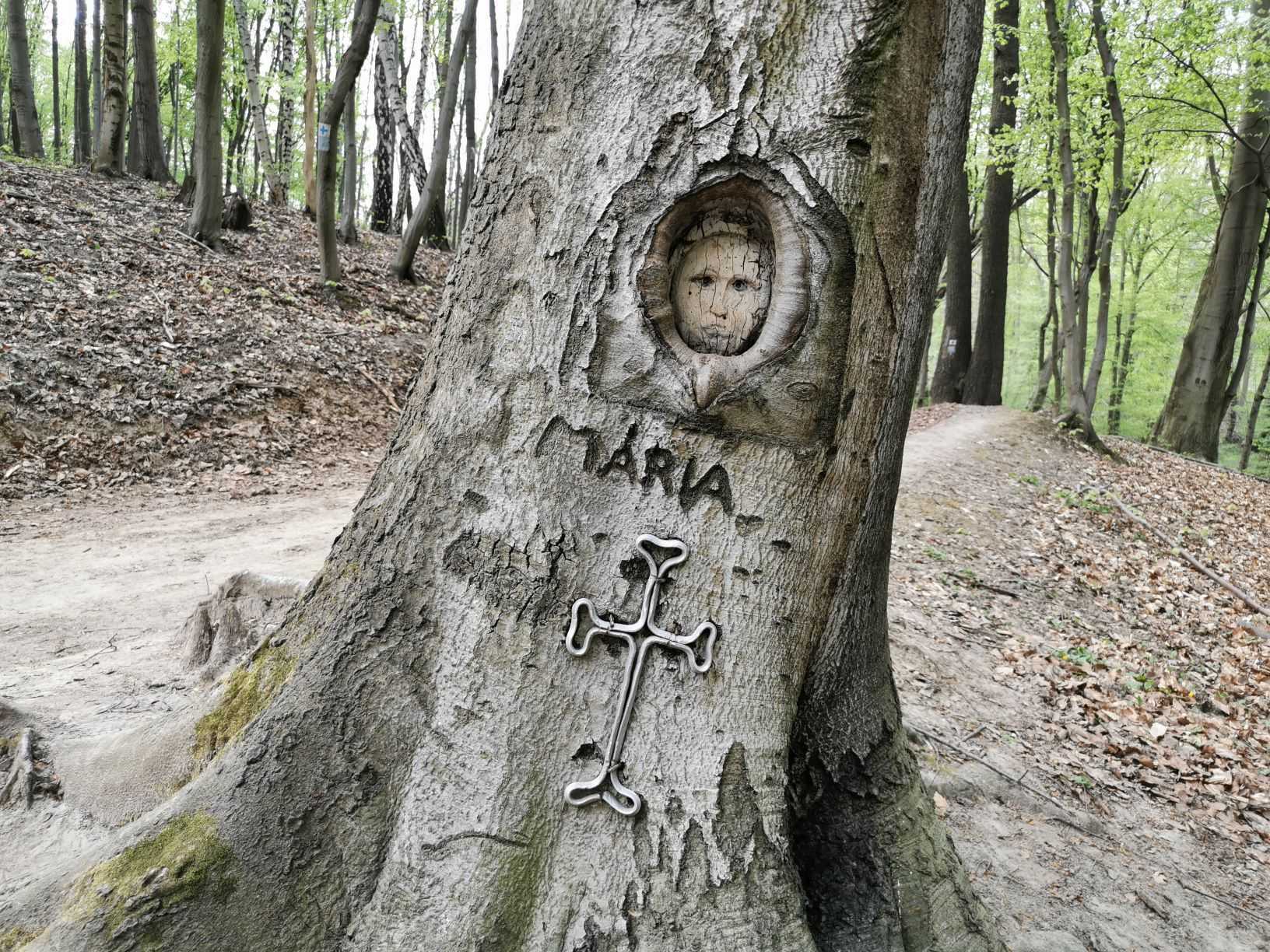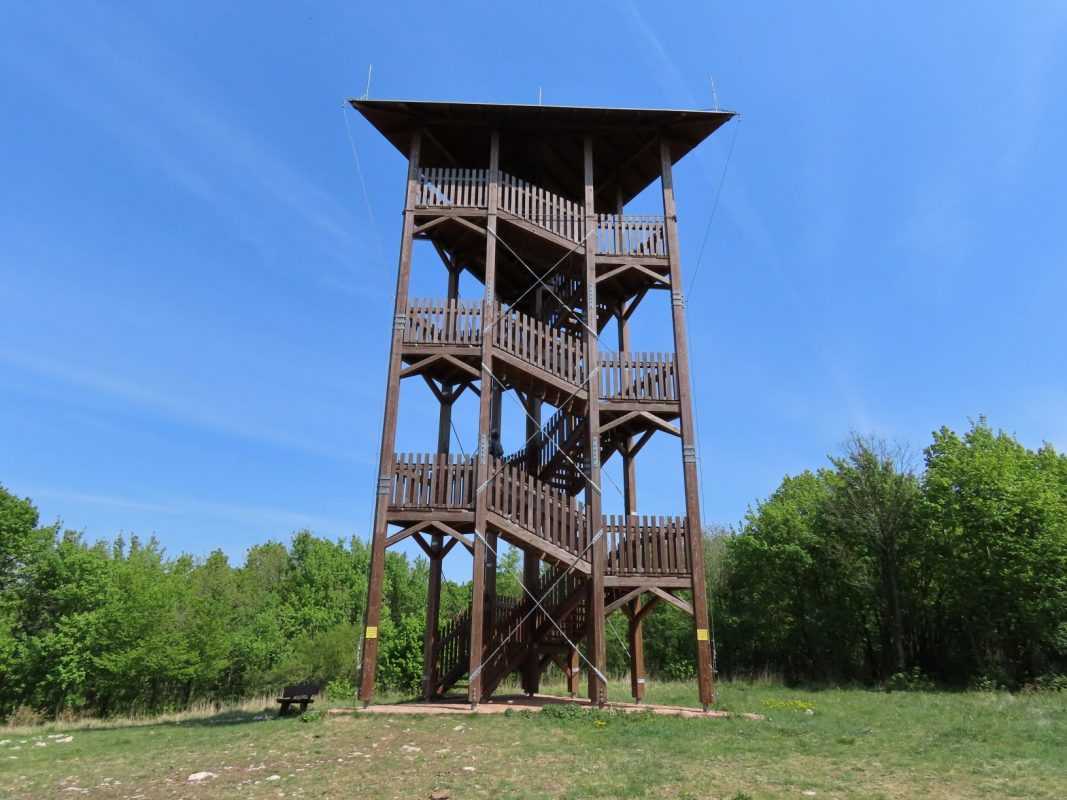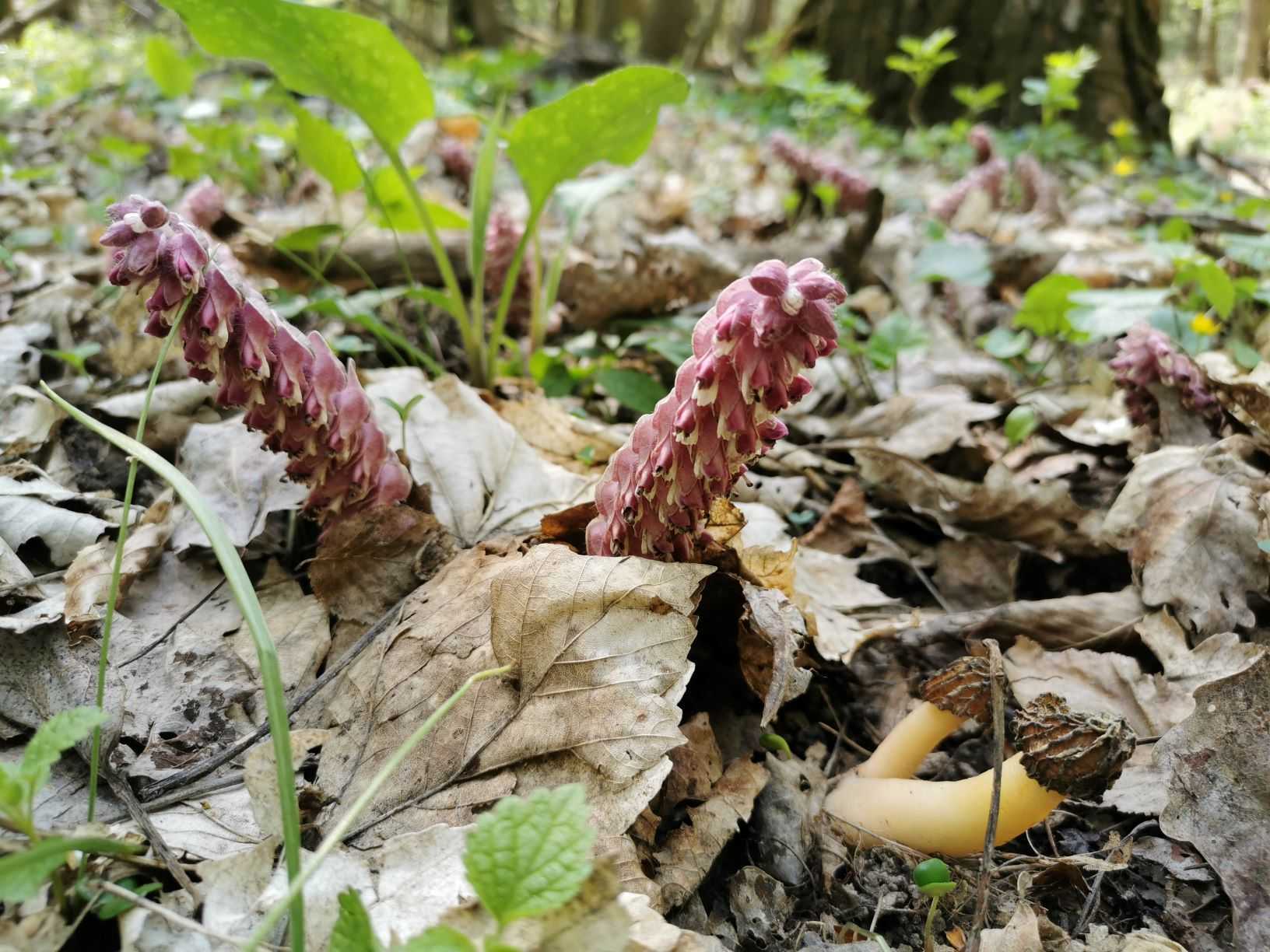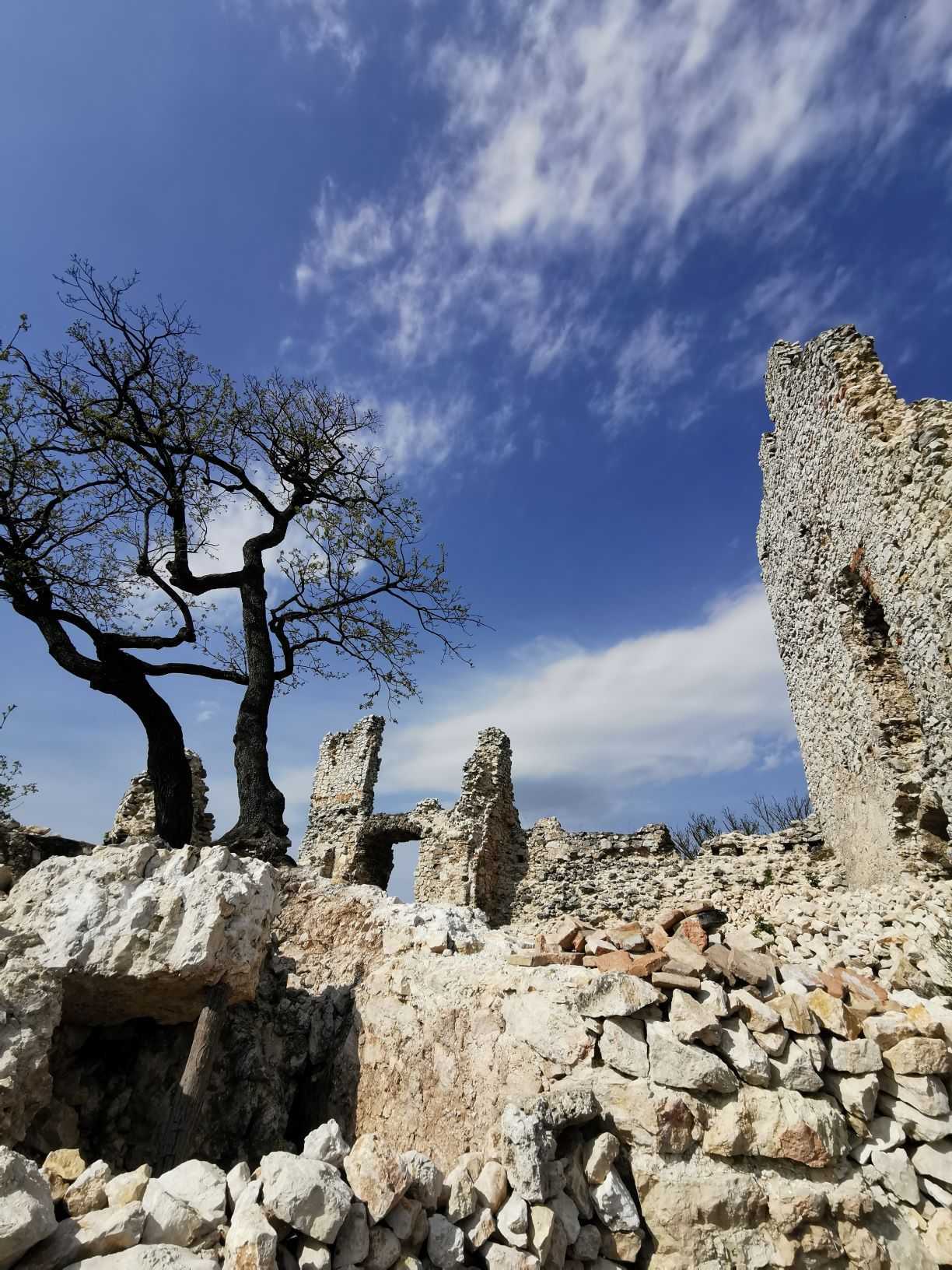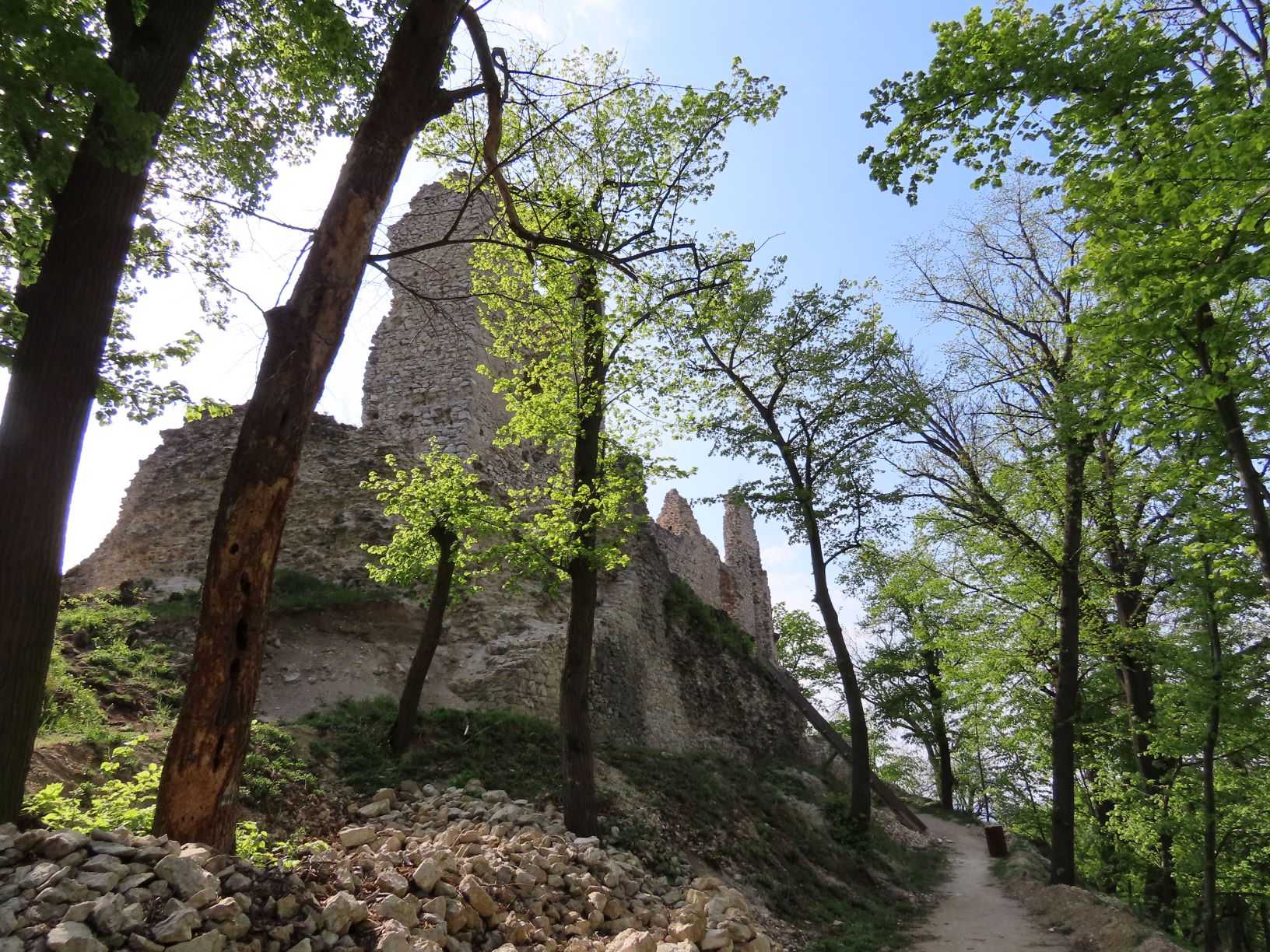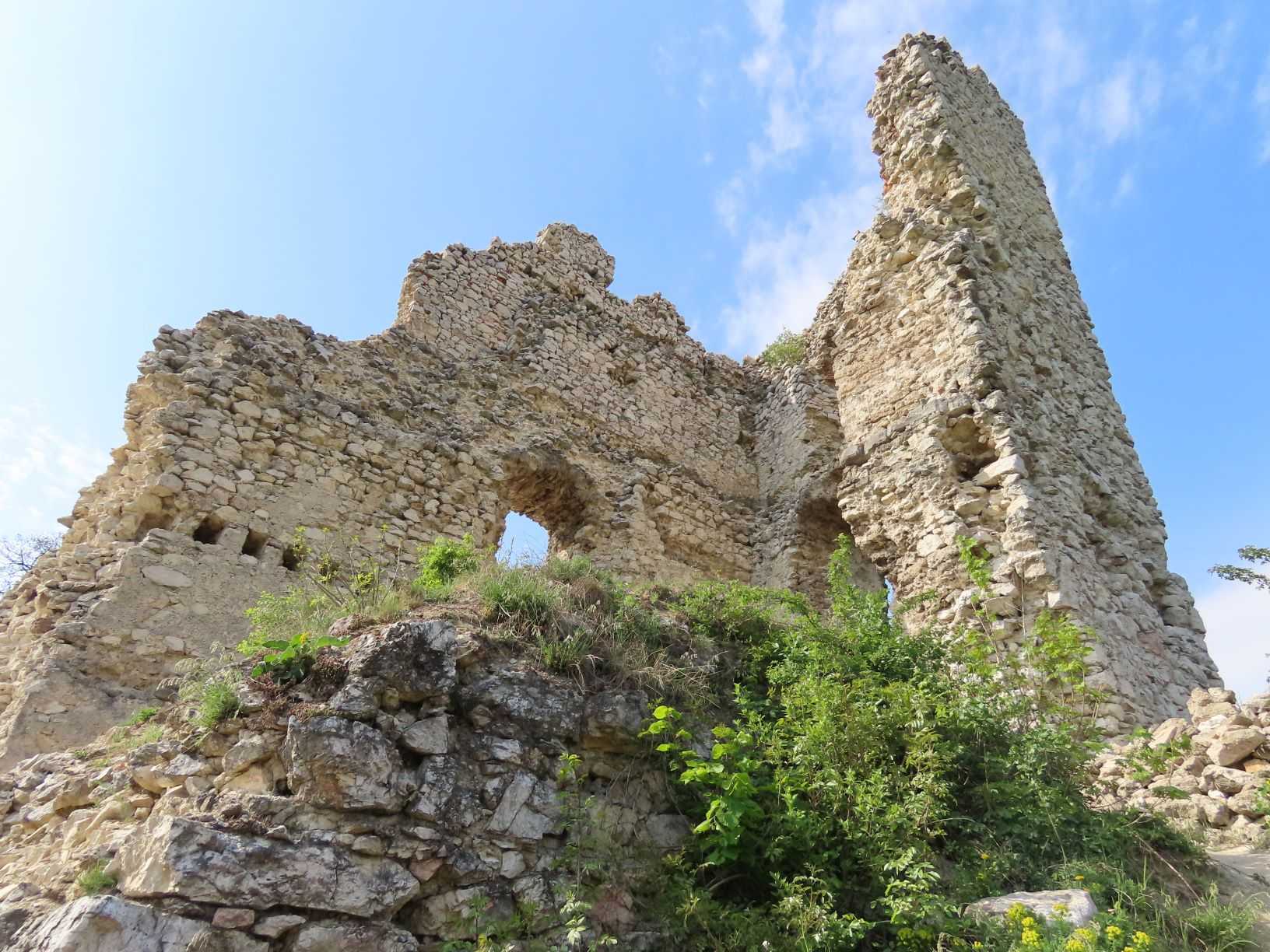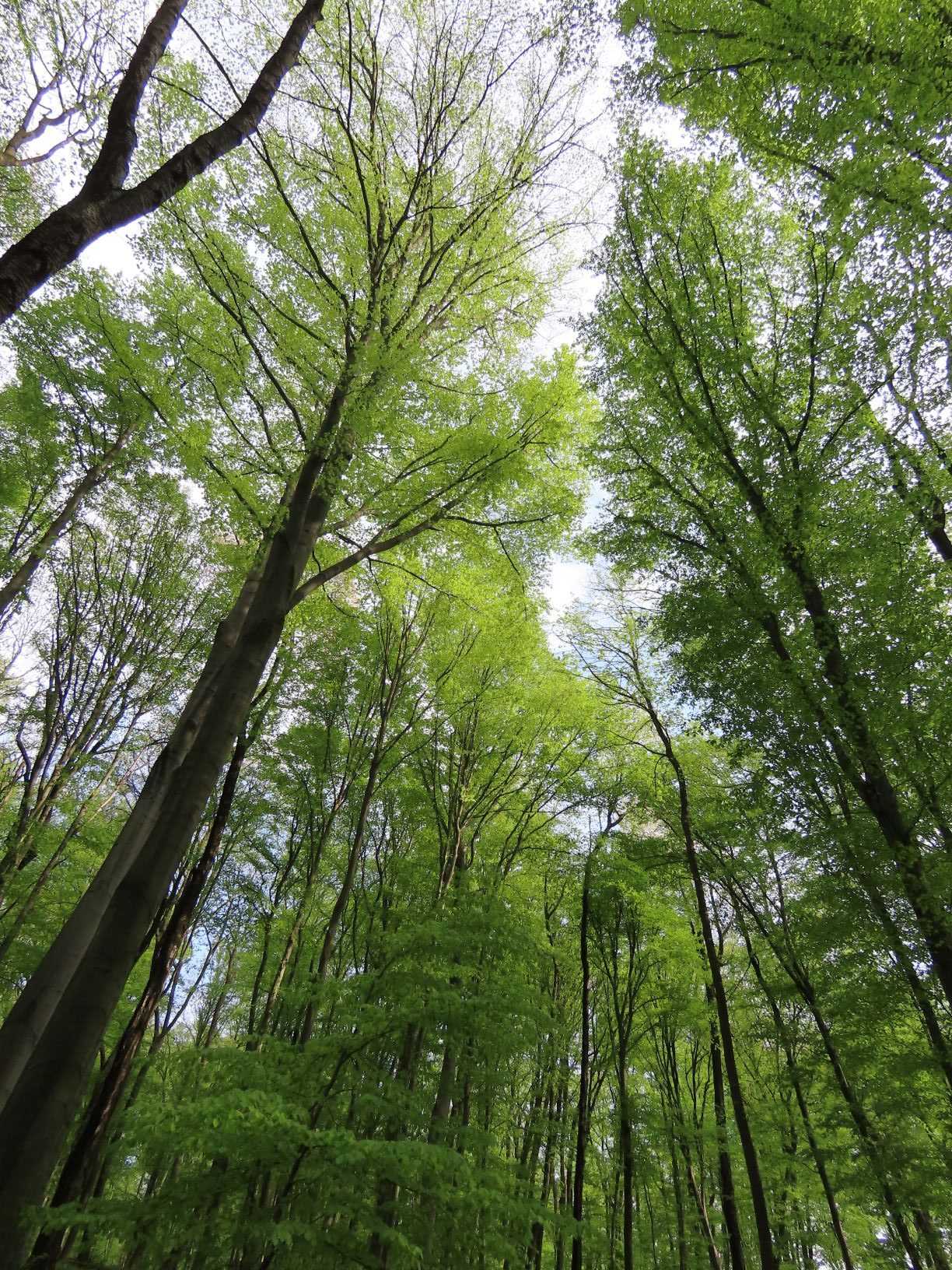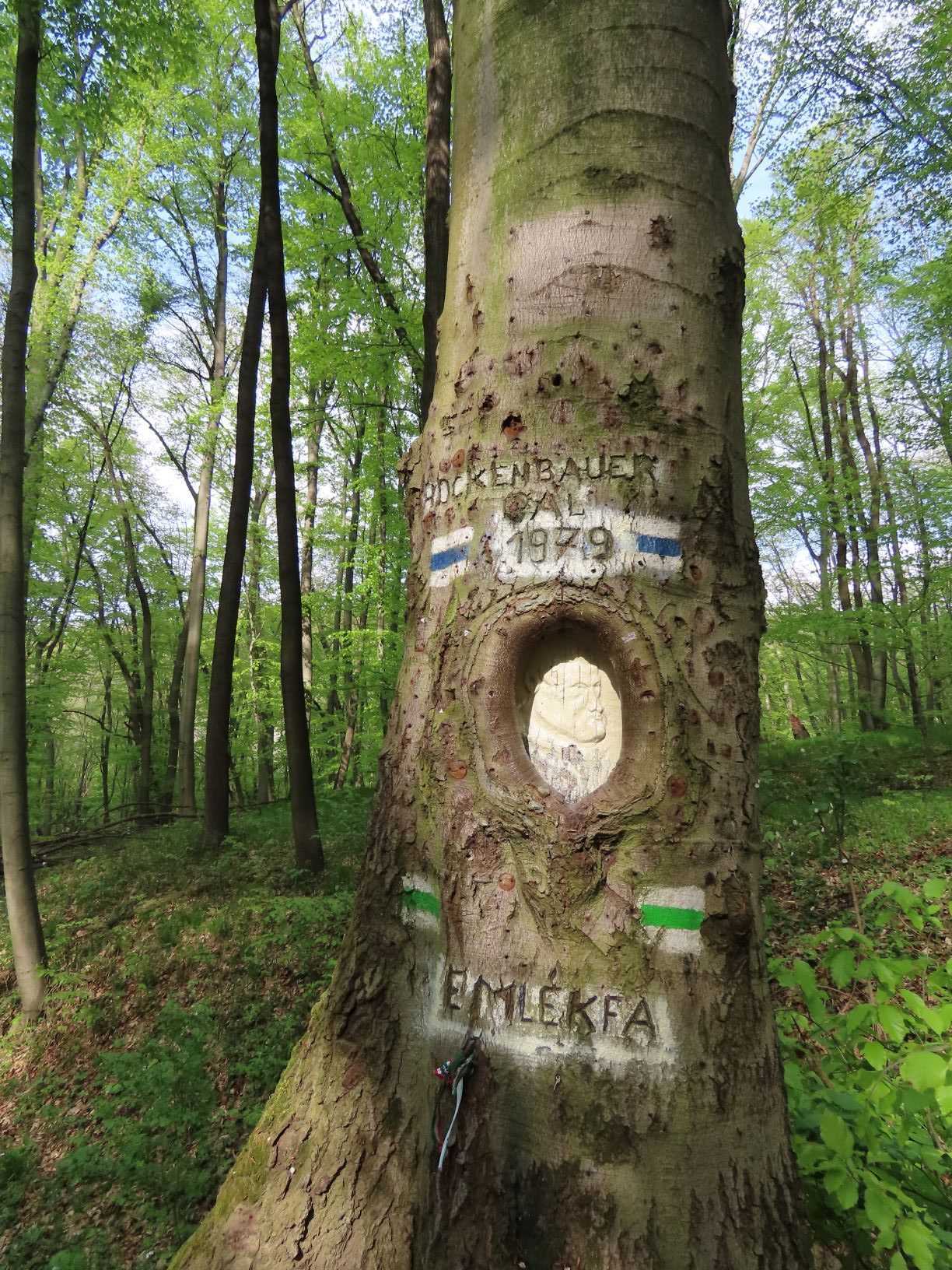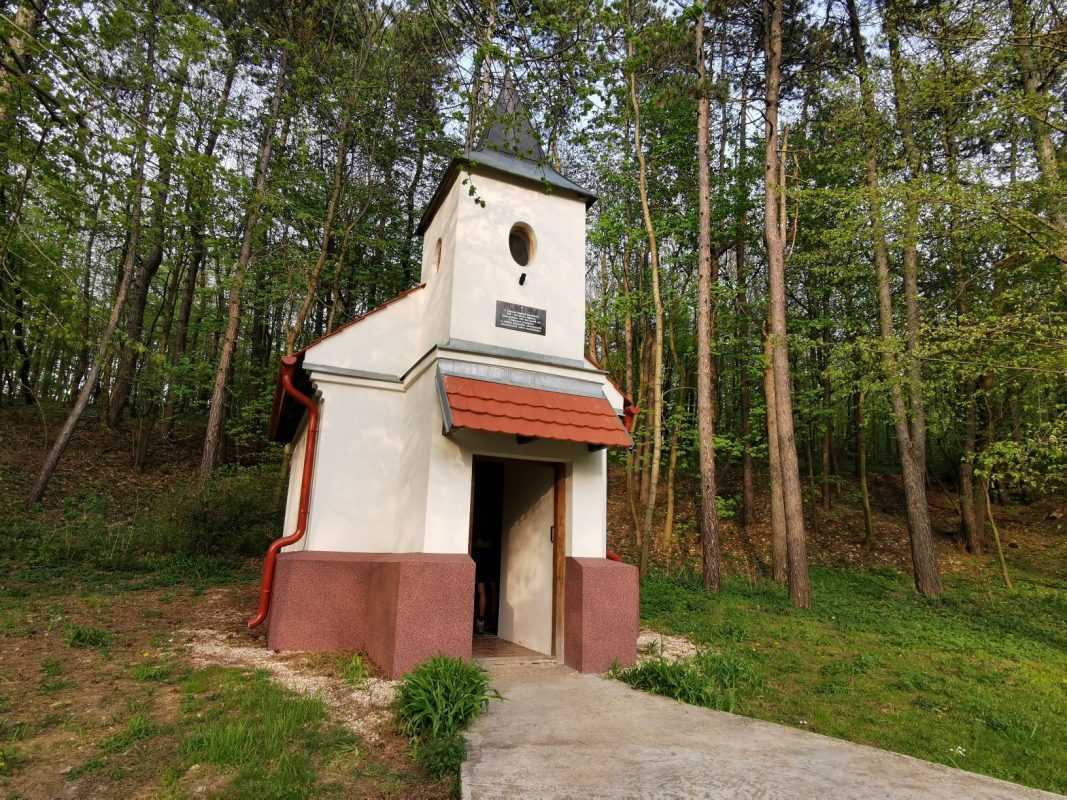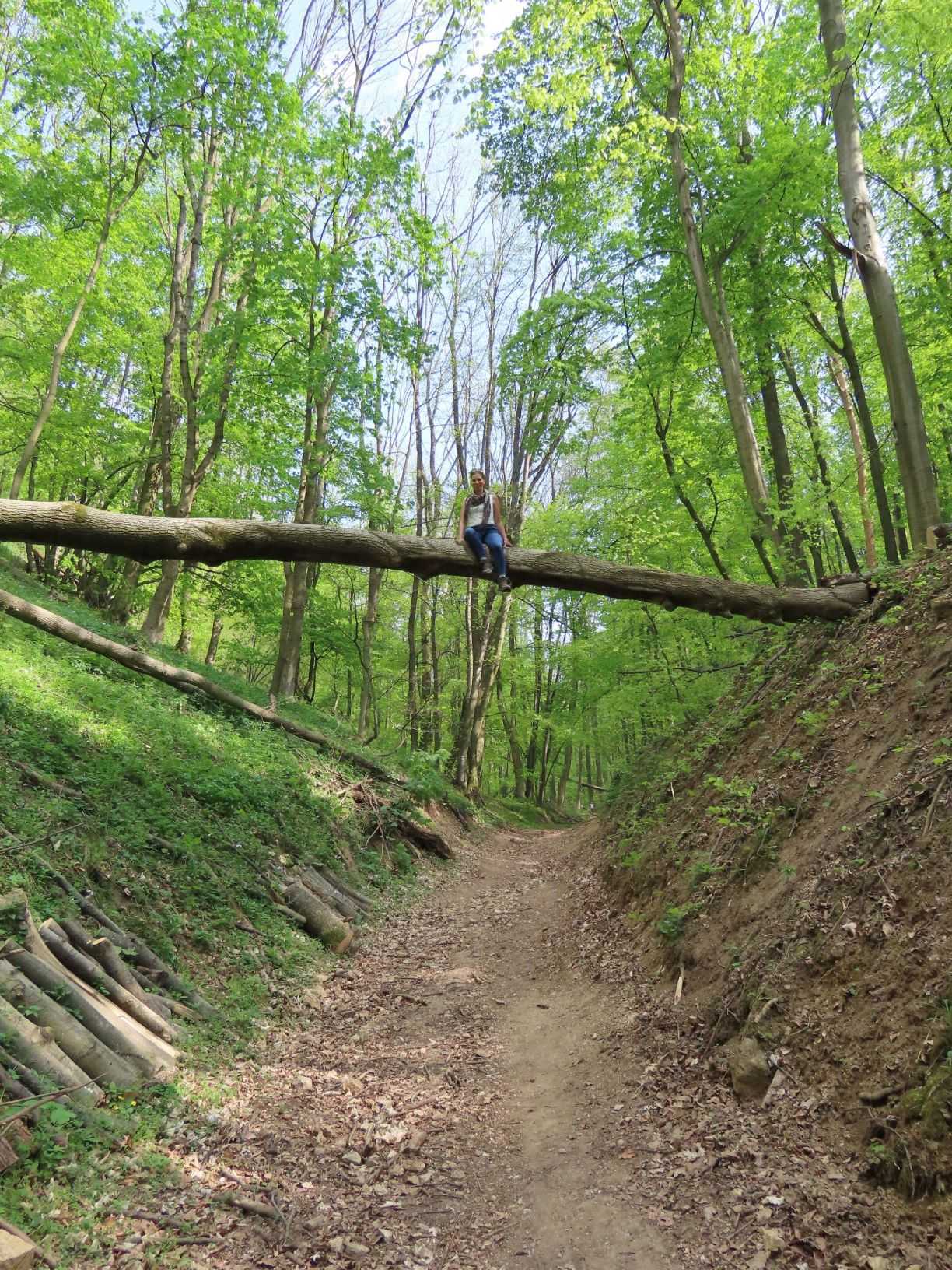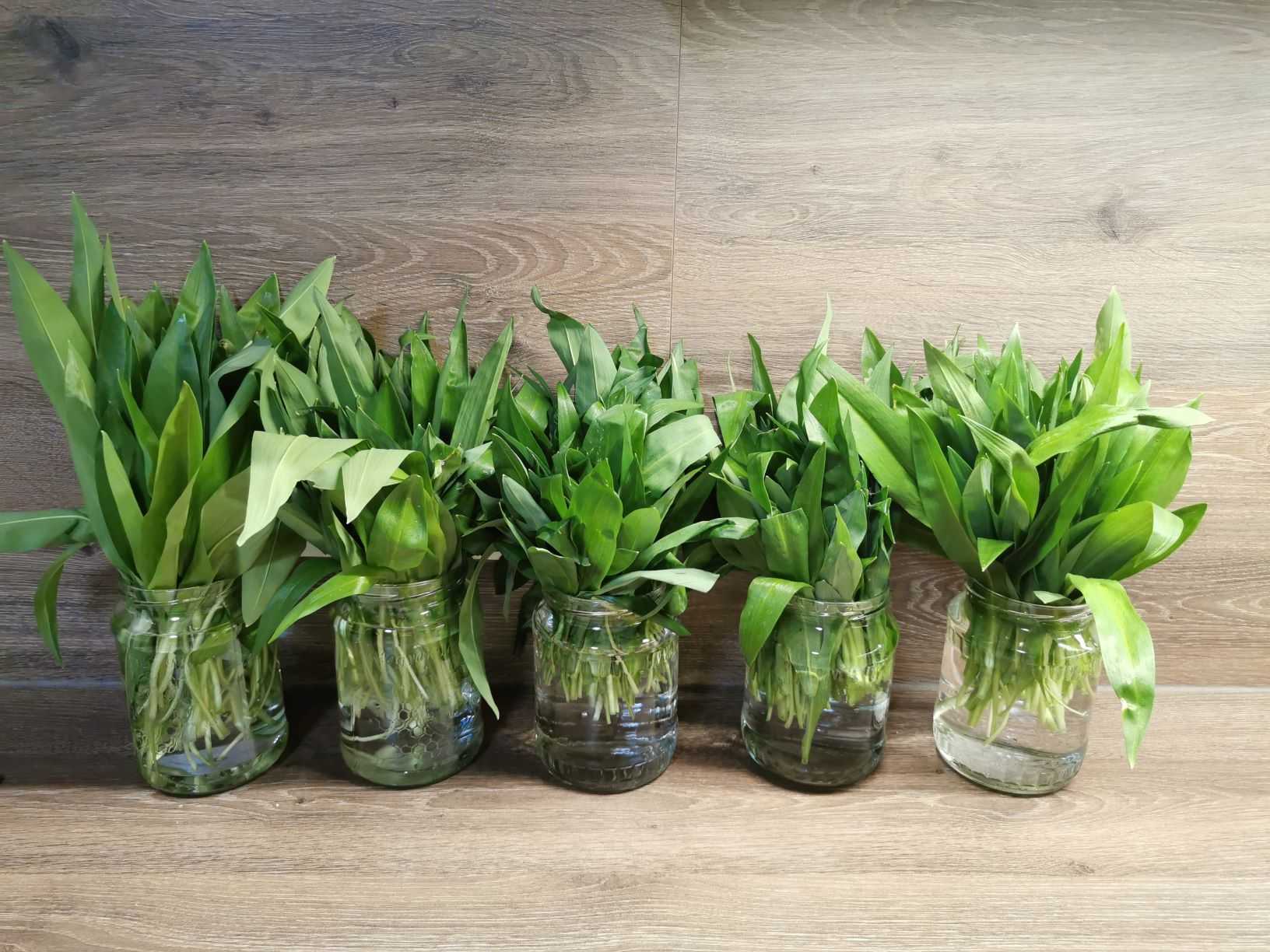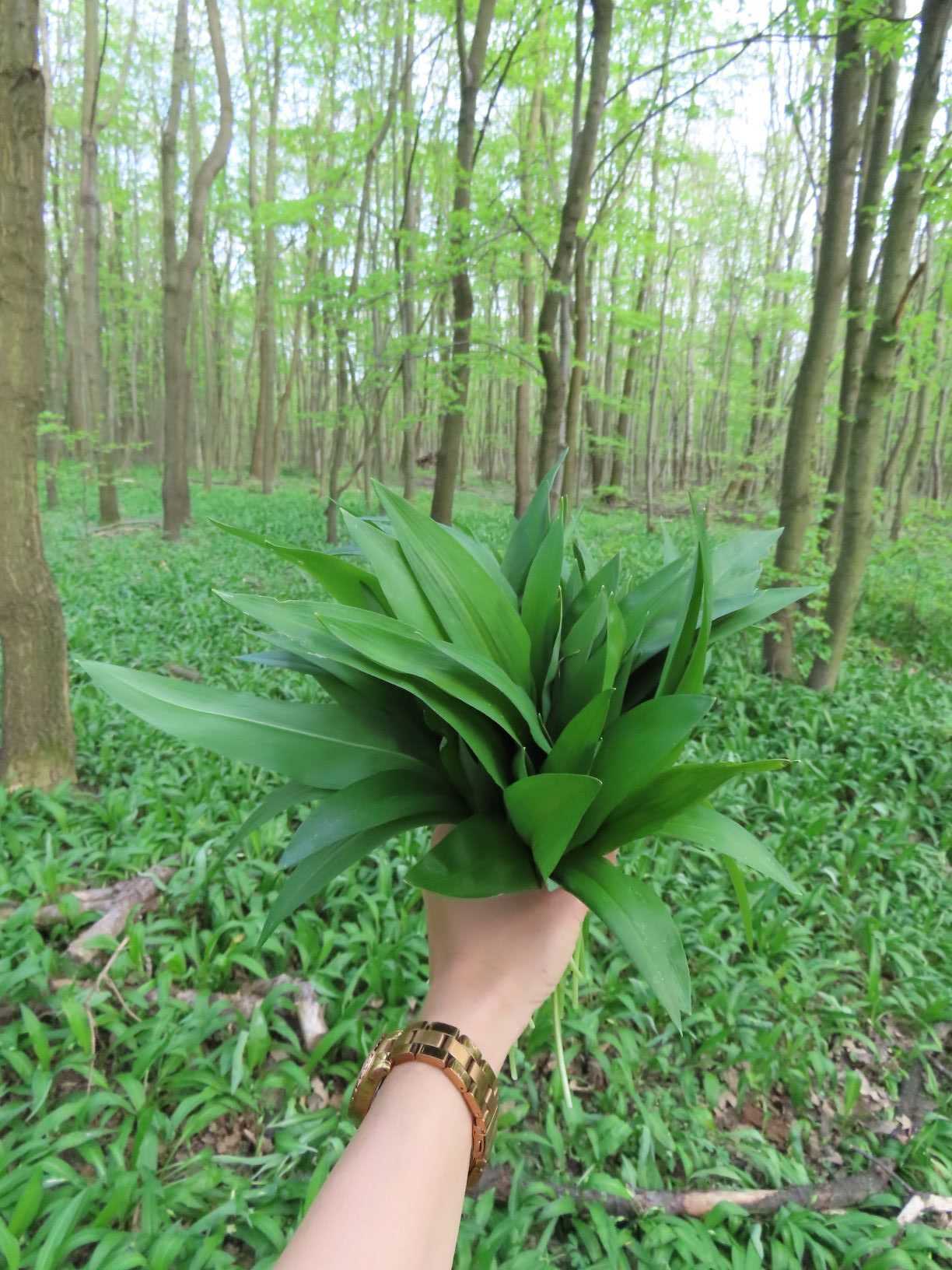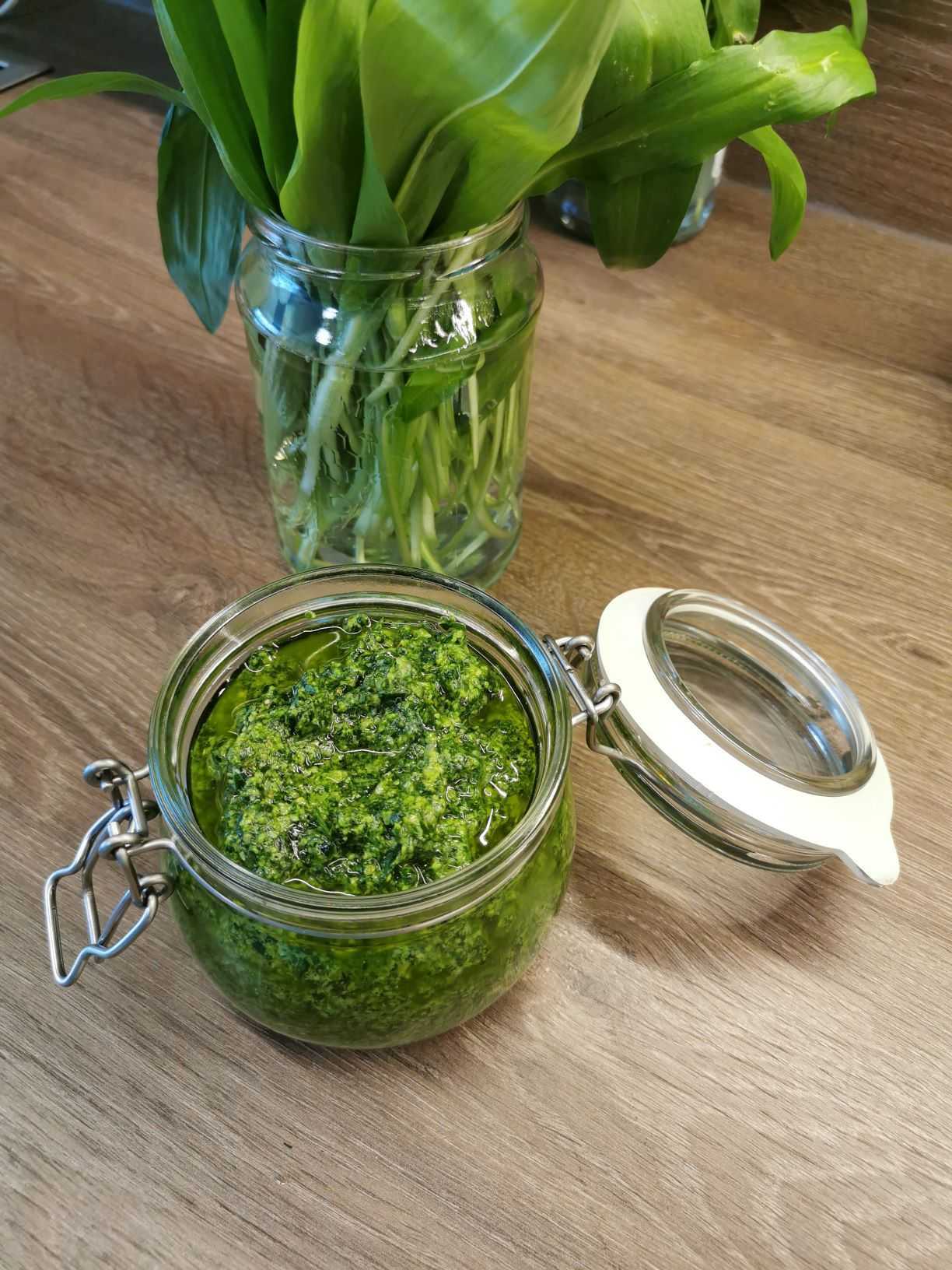For weeks, I’ve been thinking about how to get wild or wood garlic, one of the jolly joker herbs in terms of food. At the grocery shops, I kept getting promises that there would be some. And in the big supermarkets, even though I searched for it, I couldn’t find any for many weeks. As you know, I’m a pretty big fighter (why you can read about it here), so I didn’t give it up so easily. I took care of wild garlic myself. And there’s no better way to do that in spring than a hiking trip away from the big city and the noise of the people.
In the beech forests of Vértes, I finally found the coveted wood onions, of which I put a large amount in. But what treasures hide in addition to the onion in the Vértes, I will tell you in this blog post. If you are interested in other special places in Hungary, you can find a detailed recommendation here.
The entire tour I did for wild onions is listed as Mária Gorge and Vitányvár in the Hungarian tour guides. Seeing how beautiful and untouched nature is here in the spring, it is really no exaggeration to say that this is one of the most beautiful hiking spots in Vértes, the main stations of which are the Mária Gorge, Körtvélyesi lookout, a forest cemetery, Vitányvár, Grácia lookout, Szép Ilonka spring and finally the Chapel of Körtvélyespuszta. It’s pretty detailed on every turnout in the forest, where to go on, but just to be safe, I put the entire 20 km hike route on a map. Yes, 20 km is not a short distance, although officially only 15.6 km was planned, but everything for wild onions.
I brought many pictures of the tour, each of which includes a story and description. And at the end of the post, I picked up my 10 favorite recipes for wild onions as inspiration if someone was lucky enough to have it, or if you’re about to pick it up with a big bouquet.
The tour begins at the access road in Csákányospuszta, where a huge willow tree awaits visitors leaving the paved road. I’m not a tree-climbing type, but I couldn’t resist hugging the rugged branches. Of course, this part of the excursion can be completely missed, but it can also be a nice photo theme with a family. If you can’t climb trees, and neither can I, it’s good news that stairs are built into the tree.
Leaving the lodge of Csákányospuszta, a short gorge, which bears the name Mária, follows. The 500-meter-long gorge washed out by Csákány stream hides a wild landscape, where the road is lined with several fallen trees, making it somewhat difficult to go on the road. There is a steep slope at the end of the crevice, so a durable shoe will serve you well. As a help, we can take a wooden stick, of which a sufficient number is available in the forest.
A short walk after the gorge, you can get to the Körtvélyesi lookout tower, which covers a 16-meter-high wooden structure built in 2015 on Kiskopasz Hill. In fine weather, you can see the buildings of Tatabánya from the top, as well as the Nagy Csákány hill, which is also the highest point of Vértes (487m). On the clearing and benches next to the lookout, it’s good to have a little rest before continuing our journey to the forest cemetery.
Since 1800, there have been records of the forest cemetery in Körtvélyes, where the Hungarian and German-like inhabitants of the surrounding small settlements (Kapberekpuszta, Csákányos) have been laid to rest. The tombs, surrounded by a fence, stand undisturbed in the shadow of tall trees and slowly but surely become part of the decay. You can cool down a little at the Béla spring near the cemetery, but be careful its water is not suitable for consumption.
Beautiful forest roads continue along the blue horizontal line, where in some places in the litter, despite the drought, morel mushrooms hit their heads. One of the most beautiful stations of the tour is undoubtedly the Vitányvár, which is considered not only among the ruins of Vértes, but also among the most romantic castle ruins of our country. In the 13th century, presumably after the Mongolian invasion, the castle was located in the depths of the forest. Throughout history, the castle has changed hands several times or has been the pawn of the overlords.
In 1543, the castle was placed in the hands of the Turks for about 50 years. The castle walls give a stunning sight but were bombed to prevent the Turks from retaking it again. The castle is currently the site of archaeological excavations overseen by the Kunyi Domokos Museum in Tata, but you can walk carefully between the thick walls.
The tour curves down steeply from Vitányvár, where it was again a good service to put on a half-stemmed hiking shoe despite the warm weather. As we pass the memorial tree of Pál Rockenbauer founded in 1979, we head to the Grácia lookout. This place is not signposted, and you must get off the road a little bit, but it’s absolutely worthy because it has a wonderful view from the top of the cliffs to Vértes.
Our journey slowly comes to an end, as far as the main attractions are concerned, and we are slowly starting the reversal circle. Then, under the trees, despite the great drought, I see green bushes. They brighten up me as they look like wild onions but for sure I taste the leaves. It tastes like strong garlic, there is no doubt that it is wood onion and not a lily of the valley.
The leaves spread the forest like fields, and the view and quantity are quite amazing. I pick a bunch of them quickly because you don’t get to a place like this every day. Before I get to the recipes I promised, I’ll tell you a secret. If you don’t want to go for a tour of 20 km for wild onions, you can also find them in the grove next to the chapel in Körvélylyespuszta. Of course, I discovered this on the way back after hiking 18 km so far.
But I don’t regret that I didn’t take the shortcut, because then I would have missed out on Vitányvár, the Grácia lookout and a lot of other beauties. As in the woods, it’s worth also in life to leave the road for an uncertain one. I mean, real discoveries are always there for you.
Wild onion recipes
There are many uses for wild onions, which is extremely healthy, an antibiotic of nature. Among other things, it has a good effect on hypertension, cleanses the kidneys, has a favorable effect on the stomach, but also relieves headaches. The following 10 recipes are one of my personal favorites, and by clicking on the name, you can read the recipe for that dish:
- Garlicky Creamed Wild Onions
- Wild onion pasta with morel ragout
- Cherokee Eggs & Wild Onions
- Chargilled lamb fillet with wild garlic
- Wild garlic cornbread
- Griddled pork chop with chorizo and wild garlic
- Wild garlic pie
- Wild garlic pesto
- Wild onion with clams
- Plaice with shellfish and wild garlic


